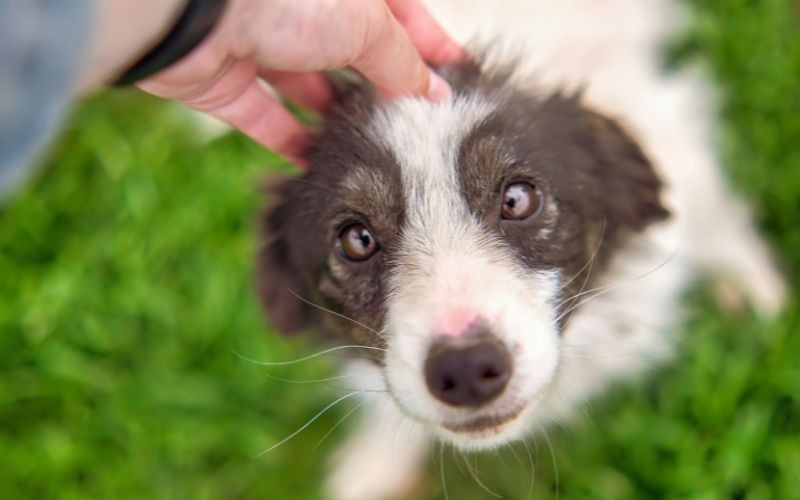
Managing Fleas and Ticks in Dogs
By arming yourself with knowledge and implementing effective prevention, you can keep your dog safe and happy.What are Fleas and Ticks?
So what exactly are these unwanted intruders, lurking on your pet’s skin?
Fleas are small wingless insects that survive by feeding on the blood of their hosts.
By biting your dog, they can cause issues such as intense scratching, red skin, scabs, hair loss. Not to mention even more serious health concerns such as tapeworm and anemia.
Ticks are arachnids that attach themselves to your dog’s skin and as fleas they feed on its blood.
Once identified, they must be immediately removed as they can lead to serious health conditions such as Lyme disease.
Does your pet have fleas or ticks? Signs to look for.
Even though they are present all year round, your vigilance should be higher especially in the warmer months, when outside activities are more frequent and when spending time in grassy or wooden areas is more common.
The fist step to take is to perform a visual examination for identifying these unwanted visitors. Perform thorough checks of your dog's coat, focusing on areas such as the neck, ears, armpits, and tail base. Due to their reduced dimensions, they may be difficult to identify but here are some common red flags to look after:
- Flea dirt: also known as flea dropping, appears as dark specks or pepper flakes on your dog's skin and coat. Easier to identify by combing your dog’s fur.
- Ticks: can be identified as small, round, or oval-shaped bumps attached to your dog's skin. A tactile inspection is suggested as it may make it easier to find them.
Further signs to look after
If you are not able to identify any fleas or ticks visually, keep these common red flags in mind:
Common symptoms of flea bites in dogs:
- Excessive itching or scratching
- Hair loss
- Skin redness
- Skin biting or chewing
Common symptoms of ticks in dogs:
- Rash
- Fever
- Loss of appetite
- Lethargy or deterioration of mood
As for any condition that can lead to health problems, prevention is key.
Here are some tips that will help you in preventing and managing this unwanted presence
- Set a proper grooming routine for your dog. Keeping your pet clean and inspecting your dog, especially after visiting dirty or potentially infested areas can help mitigate the issue.
- Use of antiparasitic products: there are many available on the market, in the form of collars, vaccinations or oral medications. If you are not sure on which to choose, seek advice from your vet.
- If you encounter a tick, this must be removed immediately. This can be performed at home, by using a set of tweezers and being sure to also remove the head. Also in this case, if you are not sure how to carry out this action, contact your vet.
- If you encounter fleas, besides performing a thorough cleaning of your pet’s bed and fabrics it's been in contact with, visit your trusted vet for assistance on the most appropriate therapy to follow.
To help your dog recover from dermatitis issues following the presence of fleas or ticks, the Genius suggests trying our N&D Quinoa Skin & Coat. Contact your Farmina Genius Consultant now to discover the best recipe and rationing for your pet.
Disover N&D Quinoa

